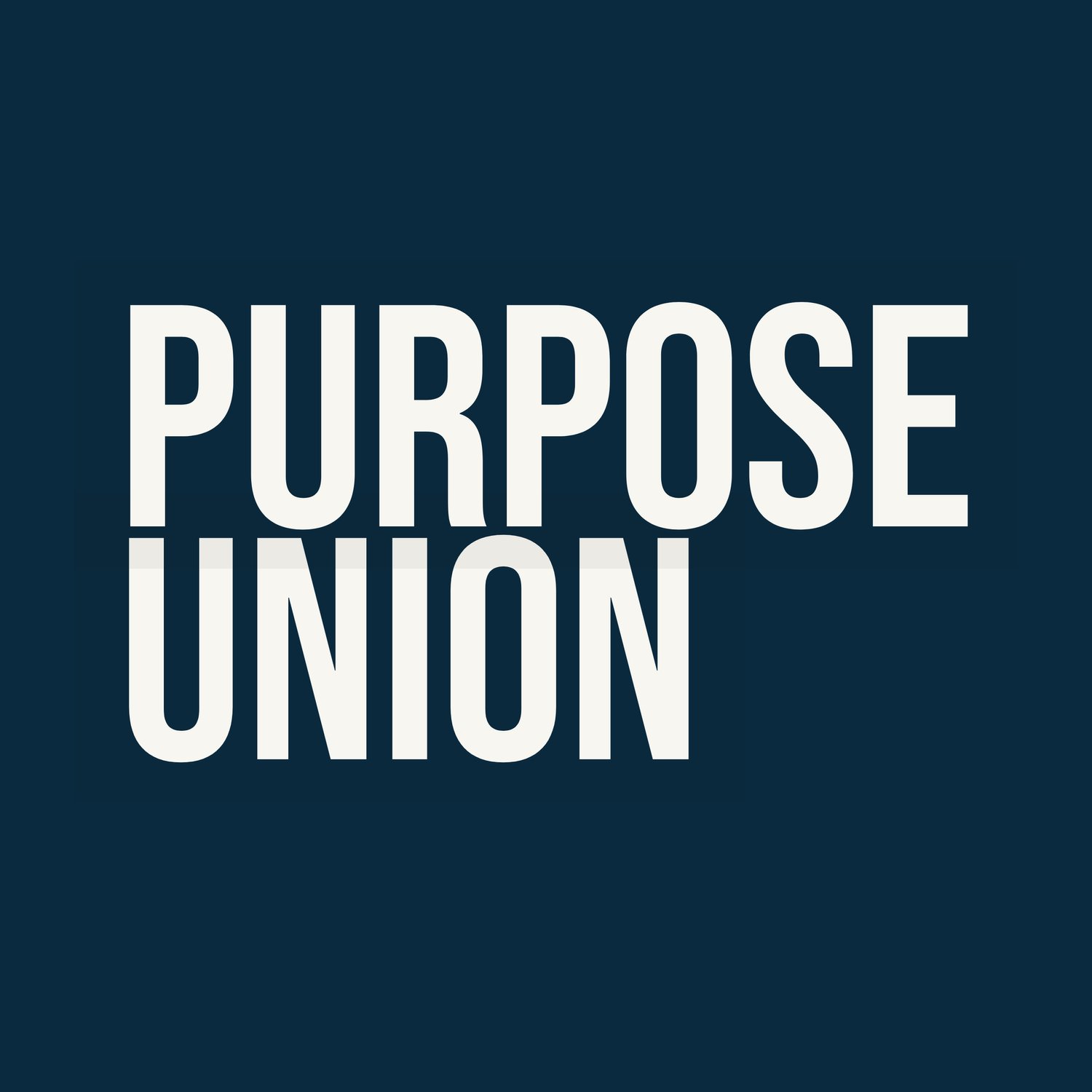Where do you stand? Introducing Purpose Union’s STAND framework
By Lewis Iwu, Founding Partner, Purpose Union
Organisations are increasingly being put under pressure to take a stance on social justice issues. Few myths better demonstrate the dilemma faced by organisations than the tale of Odysseus and the Sirens.
Odysseus and the Sirens
This story from Ancient Greece features a team who have a clear mission - to return home after the Trojan War. They anticipate the obstacles that could derail them - The Sirens. Their curious leader, Odysseus, is keen to lean into that danger. However, his crew devise a plan to collectively protect him and the team (ingeniously using rope and beeswax).
The external environment presented ample opportunity to be thrown off course but the team had a plan to keep them disciplined. Rather than floundering as those obstacles materialised in real-time, they had a plan. Leaders take note - the obstacles today are numerous.
Taking a stand on social justice issues
An unprecedented number of voters will head to the polls this year, with at least 64 countries participating in elections. Social media has brought global social injustice events closer to home. Often in a very visceral and immediate way. Moreover, employee activism has been on the rise, bolstered by organisations updating their approach to addressing racial injustice following the horrific murder of George Floyd.
The combination of a highly politicised discussion about DEI, the narrative-shaping power of digital platforms and increasing employee activism presents organisations with tough questions: How should we respond to social justice flashpoints or geopolitical developments in a manner that is consistent with our values? How do we engage in a way that safeguards our reputation? What are the implications for other strategic objectives?
At Purpose Union, we've engaged in numerous discussions regarding this precise issue with our clients and partners worldwide. In response, we have devised a framework designed to help organisations navigate these potentially turbulent waters and emerge unscathed on the other side.
The STAND framework
We call it the STAND framework, or the Sociopolitical Tool for Analysis, Negotiation and Decision-making. We have identified three key components within this framework which our clients find particularly beneficial.
1. A scorecard to support decision-making
The STAND framework provides a scorecard that guides organisations towards a conclusion on whether they should communicate a stance on external events, and if this should be done internally, externally, or both. This scorecard incorporates elements such as an organisation’s social purpose or geographical location, with each factor carefully weighted.
Recognising that every organisation is unique, it's important to involve a diverse range of employees in constructing this bespoke scorecard.
2. Facilitating respectful debate and negotiation
White making a judgement call that is right for the organisation is key, it’s equally crucial to engage in a robust, respectful debate on the merits of speaking out or remaining silent. Are the participants well-informed on the issues? Does the format facilitate good reflection? These issues often evoke emotion. On such matters, can a team making the decision debate in a civil way even when opinions diverge? It’s why thinking about the role that negotiation plays is a critical part of our framework.
Fair and high-quality deliberation is not only important for a good outcome but also reflects the organisation's comfort level in being uncomfortable.
3. Ensuring the right people are in the room
The composition of the decision-making team matters. As organisations try to build more inclusive cultures, it’s becoming clear that decisions on taking a stand cannot be the remit of a select few. Crucial perspectives from DEI leads; individuals with lived experience; Employee Resource Groups and staff networks; need to be heard.
This requires active consideration about who should be involved in these discussions, the terms of their participation and how to make such involvement meaningful rather than tokenistic.
A framework to mitigate risk and build trust
In short, the STAND framework will help your organisation answer these three key questions: How do we decide to engage? How do we debate that decision? Who should be in the room?
Using a framework like STAND doesn't automatically ensure smooth sailing on these issues. Nor does it guarantee that organisations will always make the "correct" decisions. Nevertheless, this approach significantly mitigates the risk of floundering, diminishes the likelihood of reputation-damaging decisions, and articulates the rationale for either speaking out or refraining from doing so in a transparent manner.
If done right, having a more organised approach to taking a stand should be instrumental in retaining and attracting talent, enhancing reputation and building trust with key stakeholders.
If you’d like to hear more about the STAND framework and how Purpose Union can help, please get in touch with us.
